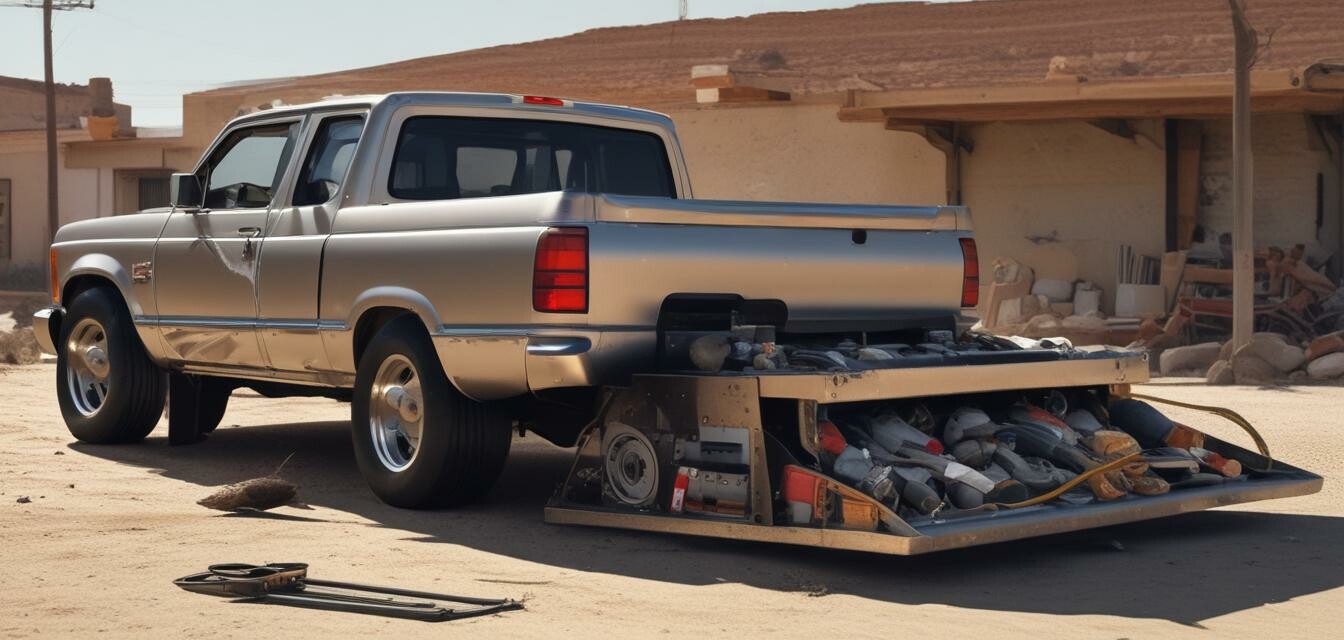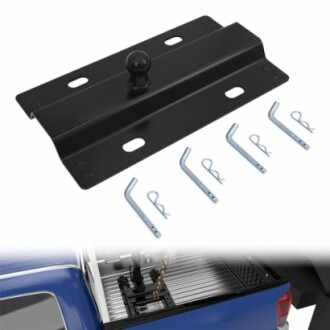
How to Install a Gooseneck Ball Plate
Key Takeaways
- Understand the purpose and advantages of a gooseneck ball plate.
- Follow a step-by-step installation guide for efficiency and safety.
- Utilize proper tools and safety equipment during installation.
- Refer to the manufacturer's guidelines for specific requirements.
- Consider consulting a professional if unsure about the installation process.
Installing a gooseneck ball plate can significantly enhance the towing capabilities of your vehicle. It allows you to efficiently tow heavy trailers, ensuring safety and stability on the road. Whether you’re pulling livestock or equipment trailers, understanding the installation process is crucial. This guide provides detailed, step-by-step instructions for efficiently installing a gooseneck ball plate while keeping safety considerations in mind.
What is a Gooseneck Ball Plate?
A gooseneck ball plate is a crucial component for towing trailers with gooseneck tubes. Designed to offer higher load capacities, it connects securely to your truck, providing a solid base for your towing activities. Here are a few benefits:
- Increased towing capacity.
- Stability while towing heavy loads.
- Versatility for different types of trailers.
Tools and Materials Required
Before starting your installation, ensure you have the following tools and materials on hand:
- Gooseneck ball plate
- Socket and wrench set
- Torque wrench
- Safety chains
- Screwdriver
- Protective gloves
- Safety goggles
- Owner’s manual (for reference)
Step-by-Step Installation Guide
Follow these steps for an efficient and safe installation:
-
Preparation:
- Park your truck on a flat surface.
- Ensure the vehicle is in park or neutral with the parking brake engaged.
-
Remove the Truck Bed Cover (if applicable):
If your truck has a bed cover, remove it to gain access to the truck bed.
-
Locate the Fifth Wheel Rails:
Find the standard fifth-wheel rail brackets that are already installed in the truck bed.
-
Position the Gooseneck Ball Plate:
Position the Universal 30,000 lbs Gooseneck Ball Plate in the center of the fifth wheel rails.
Universal 30,000 lbs Gooseneck Ball Plate
A durable gooseneck adapter designed for heavy-duty towing with a rated maximum GTWR of 30,000 pounds.
Explore Now -
Install the Fixed Pins:
Insert the 4 fixed pins provided with the ball plate into the appropriate slots. Ensure they are securely fastened.
-
Verify Alignment:
Check if the ball plate is centered correctly and aligned with both the truck bed and the trailer hitch.
-
Attach Safety Chains:
For additional security, attach the safety chains to the corresponding connection slots.
-
Confirm Installation:
Double-check all attachments and ensure everything is securely fastened. Replace the bed cover if it was removed.
-
Test Towing:
Before hitting the road, conduct a test tow with a lightweight trailer to ensure stability and safety.
Safety Considerations
Safety should always be your top priority when towing. Remember these key points:
- Always wear protective gear during installation.
- Make sure to follow the manufacturer's guidelines for installation and usage.
- Do not exceed the weight limit designated for your gooseneck ball plate.
Conclusion
Installing a gooseneck ball plate can significantly optimize your towing experience, making it easier and safer to haul heavy trailers. With the steps outlined in this guide, you should now be prepared to install it efficiently while keeping safety at the forefront. If you ever feel uncertain, don't hesitate to consult with a professional or refer to your vehicle’s owner’s manual for specific recommendations.
Tips for a Successful Installation
- Enlist a friend for help - having two people makes the installation much easier.
- Keep your tools organized and within reach.
- Ensure all parts are compatible with your vehicle model before starting.
Explore More Resources
For more helpful tips on truck accessories and towing equipment, check out our relevant resources:

